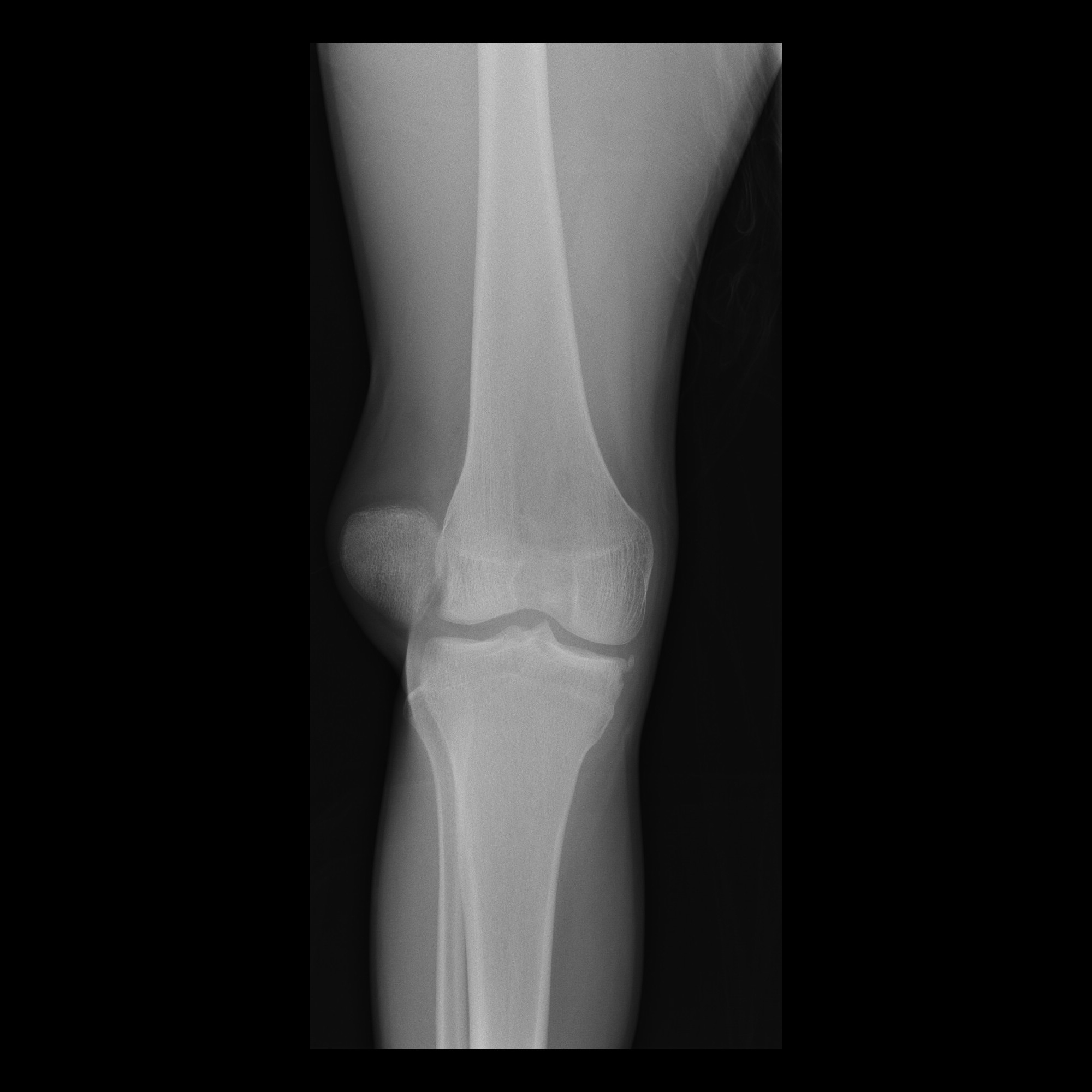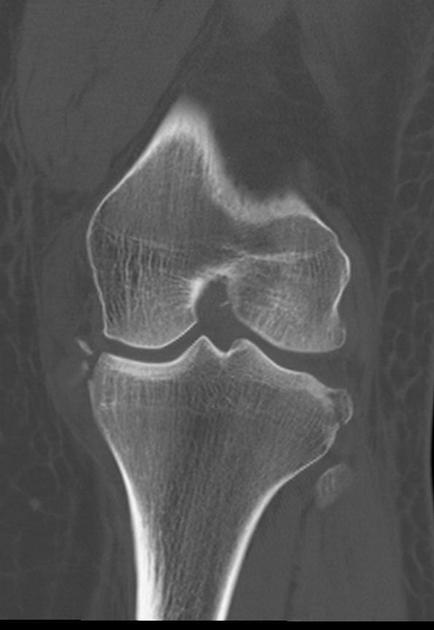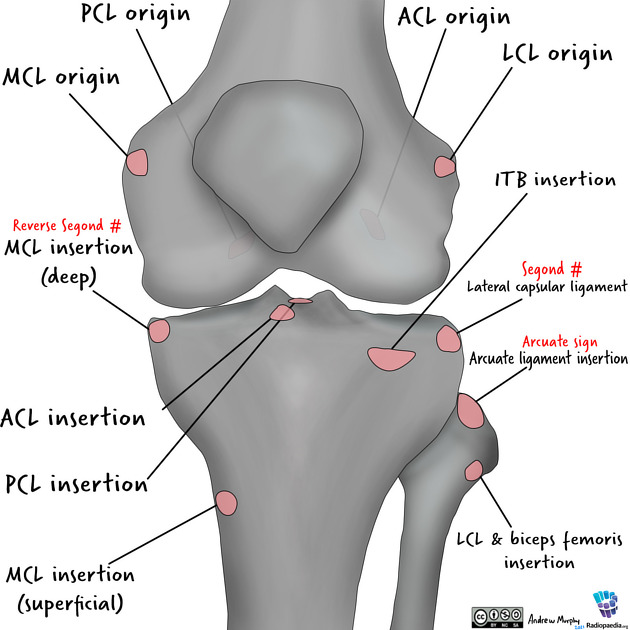reverse Segond fracture






Reverse Segond fracture is one of the avulsion fracture of the knee, which is due to avulsion of the deep fibers of the medial collateral ligament (also known as the menisciotibial or coronary ligament) involving the medial proximal tibia adjacent to the articular surface. It is the opposite of the Segond fracture, which involves the lateral proximal tibia.
Clinical presentation
The reverse Segond fracture is thought to result following external rotation of the knee, with applied valgus stress (c.f. Segond fracture: internal rotation and varus stress).
Unlike the Segond, which is often seen with sporting injury, the reverse Segond appears to occur with higher velocity injuries, such as being struck by a motor vehicle , and may be associated with knee dislocation.
Pathology
This cortical fracture is thought to result from avulsion of the deep capsular component of the medial collateral ligament .
Associations
Radiographic features
Plain radiograph
The characteristic finding is a small, elliptic bone fragment arising from the medial articular surface of the proximal tibia.
MRI
The finding of this injury on plain film or CT should prompt further evaluation with MRI, as these injuries are commonly associated with:
- medial meniscus tears
- posterior cruciate ligament (PCL) injuries, ranging from intrasubstance tears to avulsion
MRI will also demonstrate disruption of the medial collateral ligament. There may be associated lateral tibial plateau compression.
Siehe auch:

 Assoziationen und Differentialdiagnosen zu reverse Segond fracture:
Assoziationen und Differentialdiagnosen zu reverse Segond fracture:

